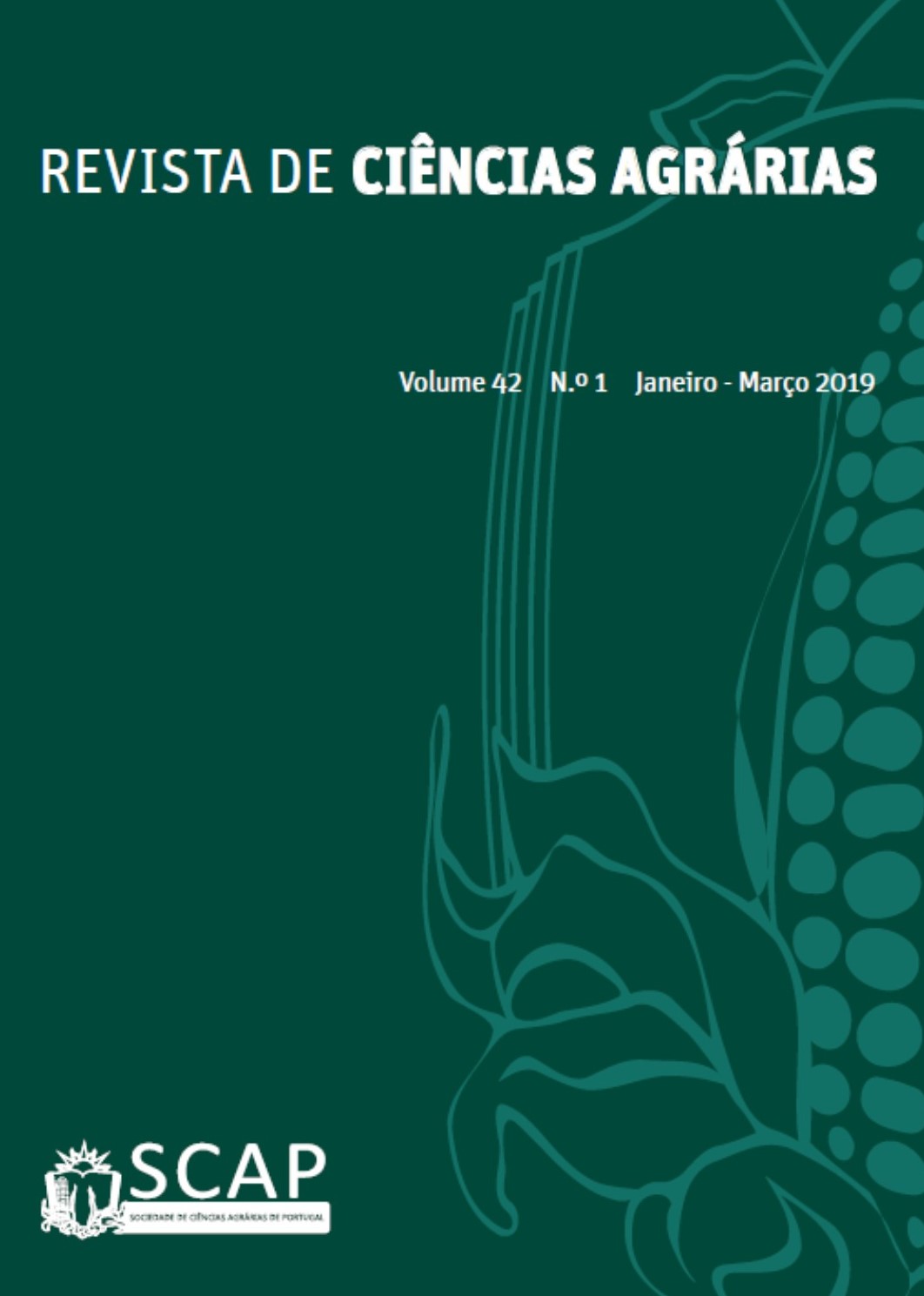Phytochemical efficiency, photoassimilate partition and production of cotton under salt stress and nitrogen fertilization
DOI:
https://doi.org/10.19084/RCA18123Abstract
The objective of this study was to evaluate the photochemical efficiency, photoassimilate partition and cotton production (Gossypium hirsutum L.) as a function of saline stress and nitrogen fertilization, in a study conducted during 130 days in drainage lysimeters using an Eutrophic Regolithic Neosol of sandy-loam texture. A randomized complete block design was used in a 5 x 5 factorial arrangement, with three replications, with five levels of electrical conductivity of the irrigation water -ECw (5.1, 6.1, 7.1, 8.1 and 9.1 dS m-1) and five doses of nitrogen-DN (65; 100; 135; 170; 205 mg N kg-1 of soil). Saline stress promoted a decrease in photochemical efficiency, partition of photoassimilates and production of cotton cv. BRS Rubi, with the total mass of bolls being the most impaired variable. Cotton tolerance to saline stress was associated with greater leaf succulence. Saline stress caused damage to the quantum efficiency of photosystem II. N doses estimated at 178 and 140 mg kg-1, respectively, provided an increase in the variable fluorescence and quantum efficiency of the photosystem II of the cotton plant. There was no significant interaction between saline water levels and nitrogen doses for any of the evaluated variables.


